Planning a camping or hiking trip is full of excitement and that kind of anticipation that makes you check your gear three times. You’ve got your tent, sleeping bag, and trusty boots, but somehow, despite all the planning, there are always a few essentials left behind. It’s those small, easily forgotten items that can make or break your outdoor adventure. So, let’s break down these often-overlooked essentials to ensure you’re fully prepared for any hiccup Mother Nature throws your way.
1. Duct Tape
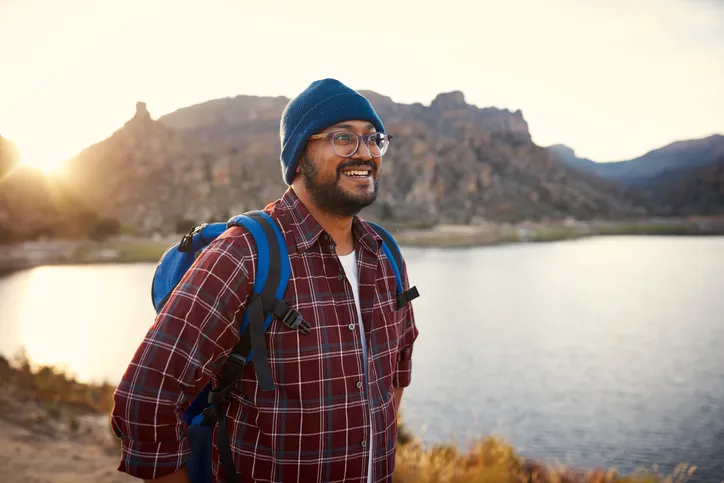
Duct tape is one of those magical items that can fix almost anything, yet it’s easy to forget in the flurry of packing. Sure, it’s not glamorous, but when your tent tears or your sleeping pad springs a leak, you’ll be glad you have it. A study by the University of Colorado emphasizes the importance of carrying versatile items like duct tape, noting its wide range of uses in emergency repairs. It’s not just for patching things up; you can use it for first aid, making splints, or even creating a makeshift bowl. Keep a small roll in your backpack, and you’ll wonder how you ever camped without it.
Think about those times when you’re miles from civilization, and something crucial breaks. That’s when duct tape becomes your best friend. If your hiking boots start to come apart, a few wraps can hold them until you get back to base. It can also help with blisters; just cover the hot spot to prevent further irritation. Knowing you have a reliable fix-it tool in your pack can give you peace of mind on the trail.
2. Waterproof Matches Or A Lighter
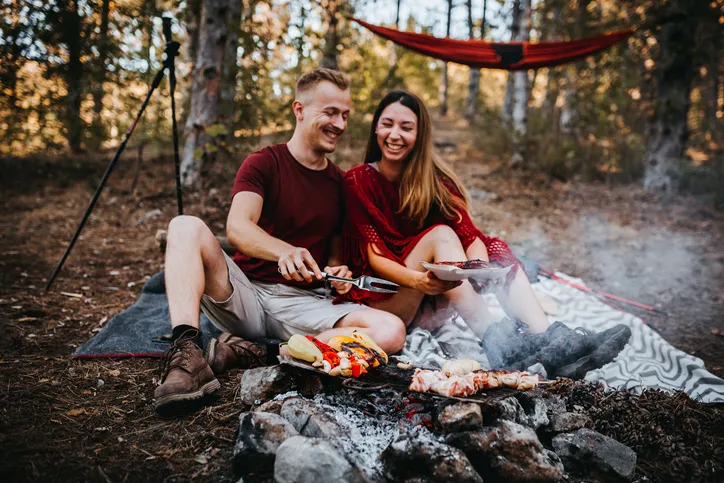
It sounds basic, but having a reliable fire-starting method is crucial, especially if it rains. Wet conditions can make it nearly impossible to start a fire with traditional matches. Waterproof matches or a lighter are essential in ensuring you can cook, keep warm, and ward off any curious wildlife. Imagine a cold night with no fire—it’s not just uncomfortable, but it can also be dangerous. Pack these and store them in a waterproof container to be safe.
Besides keeping you warm, a fire is great for boosting morale after a long day of hiking. There’s something about sitting by a flickering flame that makes the world feel a little bit better. You can also use fire to signal for help if you get lost. While you might not need it every trip, having that capability is invaluable. Remember, preparation is key, and fire is a big part of that preparation.
3. Emergency Whistle

An emergency whistle is a small item that packs a big punch when it comes to safety. It’s not just for show or an accessory for your backpack; it’s a critical tool if you ever find yourself in trouble. According to survival expert Bernard Kempinski, a whistle’s sound travels farther than a human voice and requires less effort to use. In a situation where you’re injured or lost, this can be a lifesaver. Attach it to the outside of your backpack so it’s always within reach when you need it most.
Using a whistle is also a great way to communicate with your group if you get separated. Three short blasts are a universal distress signal, so make sure everyone in your party knows it too. It saves your voice and cuts through ambient noise better than shouting ever could. Even if you never end up using your whistle, knowing it’s there adds another layer of security to your adventure. It’s a tiny tool that has a mighty purpose.
4. Extra Batteries
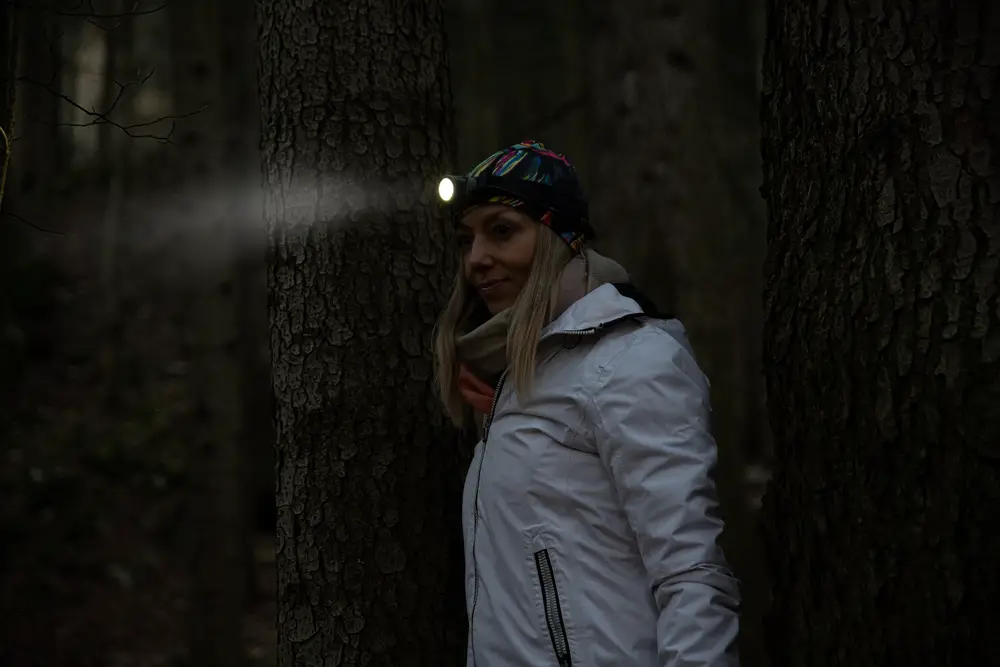
With all the gadgets that have become part of our outdoor experiences, like GPS devices and headlamps, extra batteries are a must. You’re out there enjoying nature, but technology still plays a role in your safety and comfort. Imagine the frustration of your headlamp dying just when you need it to set up camp or explore a cave. Packing extra batteries ensures that your devices stay functional and you stay safe. You don’t want to be left in the dark—literally.
Having a dead device is not only inconvenient but can also be dangerous if you’re relying on it for navigation. If you’re using a GPS, a drained battery can mean the difference between getting lost and finding your way back. Even if you have a backup map, it’s better to keep all your options open. Modern conveniences like cameras and lanterns also benefit from having extra power. A simple act like packing spare batteries can preserve the memory of your trip and keep you from unexpected situations.
5. Portable Phone Charger
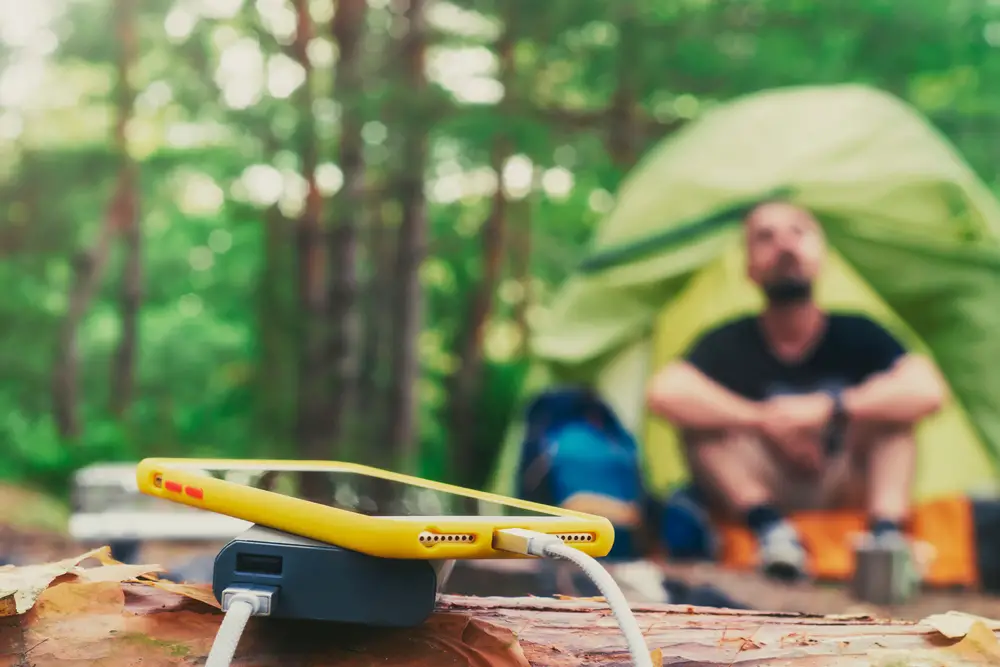
Even when you’re escaping the hustle and bustle, having your phone available for emergencies is important. A portable phone charger ensures that your device stays powered up, even in the great outdoors. According to tech expert Laura Foster, investing in a solar-powered charger can be a game-changer for longer trips. Imagine being able to call for help or use your GPS without worrying about draining your phone’s battery. It’s peace of mind packed into a compact, lightweight device.
Your phone serves multiple purposes—navigation, communication, and even entertainment on a rainy day. With a portable charger, you’re not tethered to a power source and can enjoy the freedom of the wild. These chargers are designed to be rugged and efficient, making them ideal for outdoor use. They’re small enough to fit in your pocket or clip onto your backpack. Keep your phone juiced and ready for whatever your adventure demands.
6. First Aid Kit
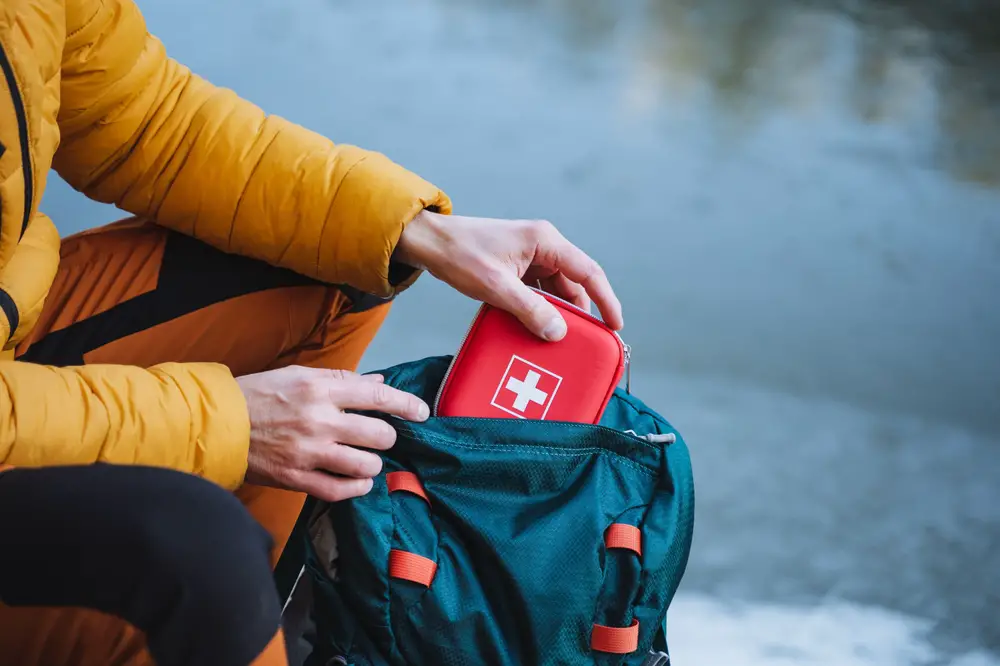
While it’s one of the more obvious items, a first aid kit is often overlooked or understocked. You might think a few band-aids are enough, but a well-stocked kit is crucial for addressing a range of injuries. Including items like antiseptic wipes, gauze, and medical tape can make a big difference. You never know when someone might take a tumble and need more than a quick fix. Keeping a first aid kit accessible and comprehensive is a smart move for any outdoor adventure.
Being prepared for an injury can prevent a minor mishap from turning into a serious issue. An accident on the trail is unpredictable, and having the right supplies can provide necessary care until you get professional help. It’s not just for you, either; having a kit means you can assist fellow hikers in need. Familiarize yourself with the contents and how to use them before you head out. It’s one of those essentials that you hope you won’t need but will be relieved to have.
7. Multi-Tool

When you’re out in the wild, a multi-tool can be your best friend, offering a range of functions in one compact package. From cutting rope to opening a can of beans, its uses are endless. Outdoor enthusiast Mark Wentworth highlights the importance of having a multi-tool as it combines the essential functionalities of several tools, making it invaluable for campers and hikers. It’s like carrying a toolbox in your pocket, ready for whatever challenges arise. Slip one into your pack and know that you’re prepared for a variety of situations.
A good multi-tool includes pliers, a knife, screwdrivers, and even scissors. These tools become indispensable when you need to make quick repairs or adjustments. For example, if a strap on your backpack breaks, you can fix it on the spot. Whether you’re cooking, repairing, or adjusting gear, a multi-tool offers convenience and reliability. It’s a handy gadget that brings a sense of self-sufficiency to your outdoor experience.
8. High-Energy Snacks

Keeping your energy levels up during a hike or camping trip is vital, and high-energy snacks are your best bet. Think trail mix, protein bars, and dried fruits—compact options that pack a nutritional punch. These snacks don’t just provide quick energy; they’re also easy to carry and won’t spoil. When you’re miles from the nearest store, having a reserve of high-calorie snacks can keep you going. You’ll appreciate these snacks when hunger strikes in the middle of the woods.
Choosing the right snacks can also help you maintain endurance and focus. It’s easy to underestimate how much fuel your body needs when you’re active for hours on end. Having these snacks available can prevent the fatigue that often leads to mistakes or accidents. They’re also great for sharing, bringing a sense of camaraderie to your group. So, stock up before you head out and enjoy the boost they provide during your adventure.
9. Insect Repellent

Insects can be more than just an annoyance; they can carry diseases and disrupt your adventure. A good insect repellent is essential to keep the bugs at bay and ensure a comfortable trip. It’s not just mosquitoes you need to worry about; ticks, flies, and other critters can also be a nuisance. Applying repellent regularly can protect you from bites and the potential health risks they bring. It’s a small addition to your pack that can make a big difference in your overall experience.
Even if you’re not typically bothered by bugs, the great outdoors has a way of amplifying their presence. You’ll be grateful for the repellent during those peaceful twilight moments when insects are most active. For those with sensitive skin, there are natural options to explore, ensuring you stay protected without irritation. Combine it with long sleeves and pants for extra defense. Protect yourself and enjoy the outdoors without constantly swatting or scratching.
10. Extra Layer Of Clothing

Weather can be unpredictable, especially in the wilderness, so having an extra layer of clothing is crucial. Whether it’s a rain jacket, an extra shirt, or a thermal layer, these items can keep you comfortable and safe. Cold nights and sudden rainstorms can quickly turn an enjoyable trip into a miserable one. Packing an additional layer ensures you’re ready for any weather changes that come your way. It’s all about staying warm and dry, which are key to an enjoyable outdoor experience.
Choosing the right material is just as important as bringing an extra layer. Opt for moisture-wicking and quick-drying fabrics to avoid discomfort. No one wants to be stuck in wet clothes, which can lead to hypothermia in cooler temperatures. Planning ahead by packing versatile clothing can make transitions between different weather conditions seamless. A little forethought goes a long way in keeping you comfortable on your journey.
11. Compact Binoculars
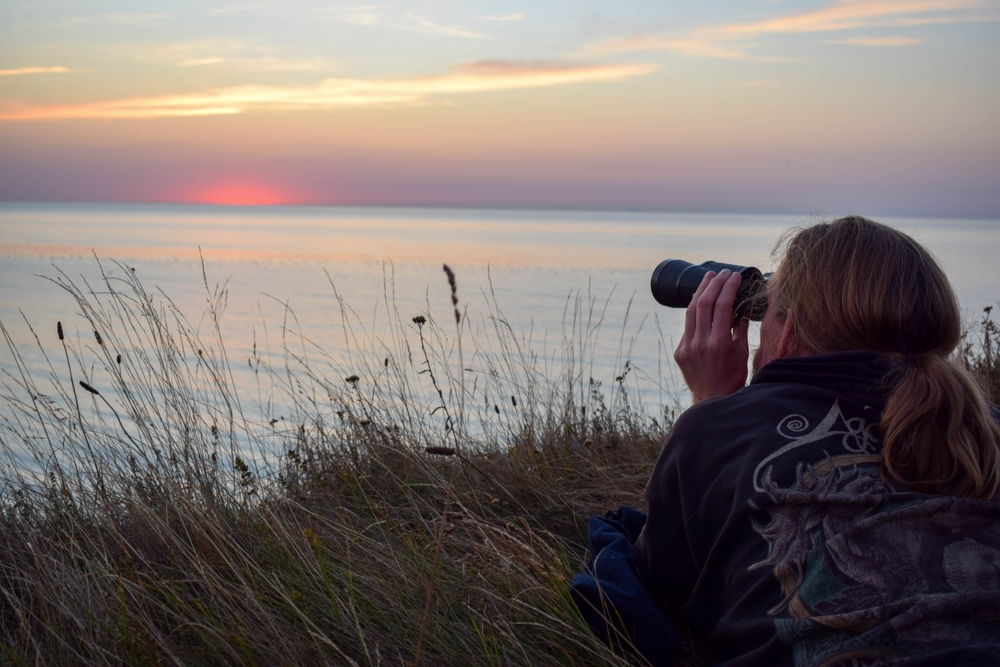
While you may be tempted to leave binoculars behind to lighten your load, they can enhance your outdoor experience significantly. Compact binoculars are great for birdwatching, spotting distant landmarks, and enjoying panoramic views. They offer a closer look at nature’s wonders that you might otherwise miss. Not only do they add enjoyment, but they can also be useful for navigation. Spot your trail from a distance or keep an eye on weather patterns as they develop.
Using binoculars can transform your hike from a simple walk to an engaging exploration. You’ll find yourself noticing more details and appreciating the environment around you. They’re also a fantastic tool for educational purposes if you’re hiking with kids. Sharing the view through a lens can ignite curiosity and a love for nature. Compact and lightweight, they’re easy to pack and worth every ounce.
12. Trash Bags

Trash bags may seem mundane, but they’re crucial for keeping the environment clean and leaving no trace. It’s easy to accumulate waste during a camping trip, and having a durable bag makes it easy to pack it out. Not only do they help with trash, but they also double as rain cover or a makeshift poncho in a pinch. Keeping trash bags handy ensures that you respect nature and preserve it for others. They’re a small item with a big impact on your camping footprint.
A clean campsite is a sign of responsible camping and sets a positive example for others. By packing out what you pack in, you contribute to preserving the beauty of the natural world. Trash bags also help organize your gear, separating dirty or wet items from the rest. They’re inexpensive and take up little space, making them an easy addition to your gear. Remember, the goal is to enjoy the wilderness without leaving a mark behind.
13. Map And Compass
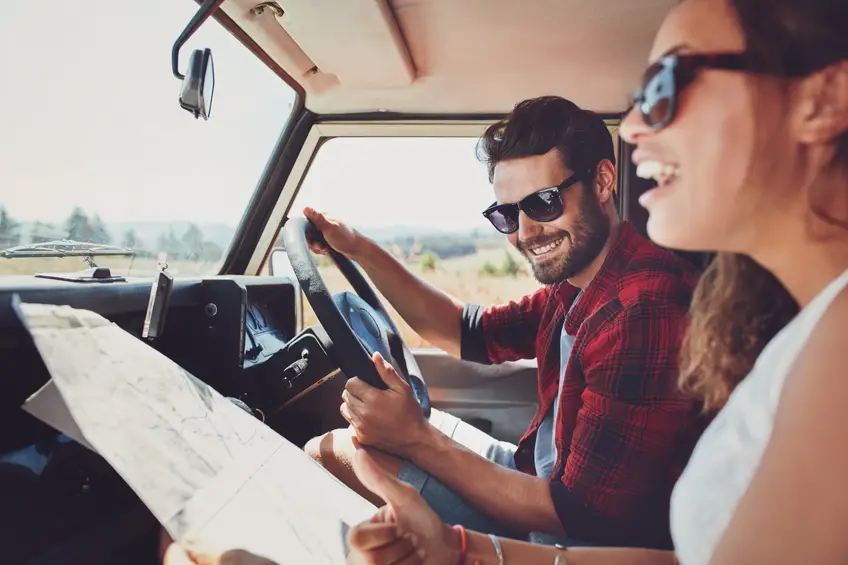
Even in the age of GPS, a physical map and compass are invaluable tools for navigation. Technology can fail, batteries can die, and signals can drop, leaving you reliant on traditional methods. A map and compass require no power and offer a reliable backup. Knowing how to use them effectively can prevent you from getting lost when it matters most. It’s about being prepared for the unexpected and ensuring your safety.
A map and compass also enhance your navigational skills, making you a more confident explorer. They encourage you to engage with your surroundings and understand the terrain. Practicing these skills before your trip can make all the difference when you’re out on the trail. They’re not just relics of the past; they’re timeless tools that every outdoor enthusiast should know how to use. Equip yourself with these basics and embrace the adventure with confidence.
